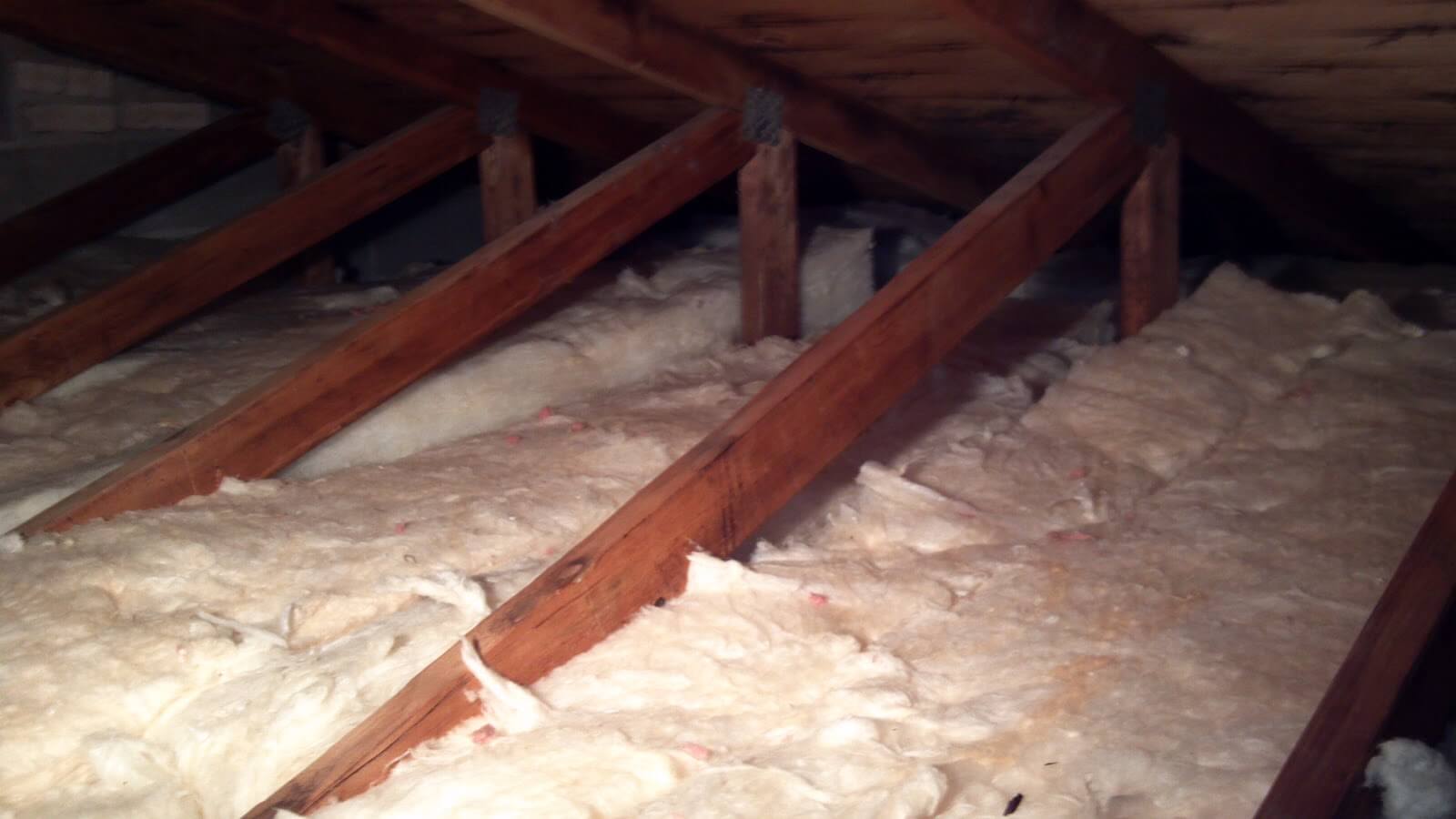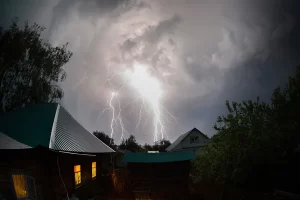Insulation is the solution for air escaping in or out of your home. Hot air in summer months seaping into your home and warm air you’re paying for in winter months escaping out of your home are both costly problems to have. 10% or more of your energy bill can be recovered by sealing all air leaks in your home with inexpensive products such as caulk, seal, and weatherstrips.
The most common air leaks are occurring as a result of drop ceilings, recessed and other lighting, the entrance to the attic, where electric wires and boxes are located, plumbing and furnace cavities, air ducts, doors and their frames, chimneys, and electric outlets and switches.
The most important placement of insulation is going to be in your attic. Adding or replacing insulation in your attic is the most cost-effective way to increase the energy efficiency of your home. To measure whether you have enough insulation, measure its thickness and if it is any less than R-19 (the most recommended value for new construction in the United States), you should add more. R-value is how all insulation is measured and although new construction is recommended to have R-19, it can go all the way up to R-49. The region in which you live will have its own specific recommendations for R-value, so be sure to research the recommendations, codes, and policies of your area.
If after you’ve added insulation to your home’s attic or elsewhere and you still feel a draft in the winter, or sweat in the summer, you might have to take the more expensive measure of adding insulation to the exterior walls. This measure will require a contractor and although it may cost you, it will be worth the investment in energy bills if you live in an extreme weather climate, whether hot or cold.
One way to test your home for air escape is to light an incense stick and carry it around the home on a windy day. Walk near all the previously mentioned common places of air leak (windows, doorways, electric boxes, plumbing cavities, around lighting, the chimney, etc) and notice the way the smoke from your stick travels. The stick smokes vertically naturally, so if it begins to smoke horizontally in front of any of these spaces, you have an air leak in need of caulking, sealing, weatherstripping, or insulating.
Only 20% of home built prior to 1980 were insulated as much as they should have been.
There are 4 material types and they are meant for different parts of your home: batts, rolls, loose-fill and rigid foam boards. One by one, batts are meant to fit between the studs in your wall or between the sections of your ceilings/floors. The second type, rolls (or sometimes called blankets), are laid on the floor of an unfinished attic. The loose-fill type insulation is blown into the attics or walls with a device. Rigid foam boards are another form of insulation that gets installed into the walls of the home. All types of insulation are made of different materials, some made of recycled materials, treated with fire retardant chemicals, fiber glass, wool, and more.







